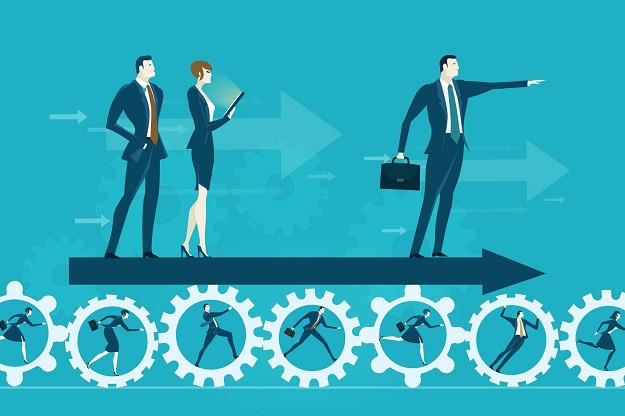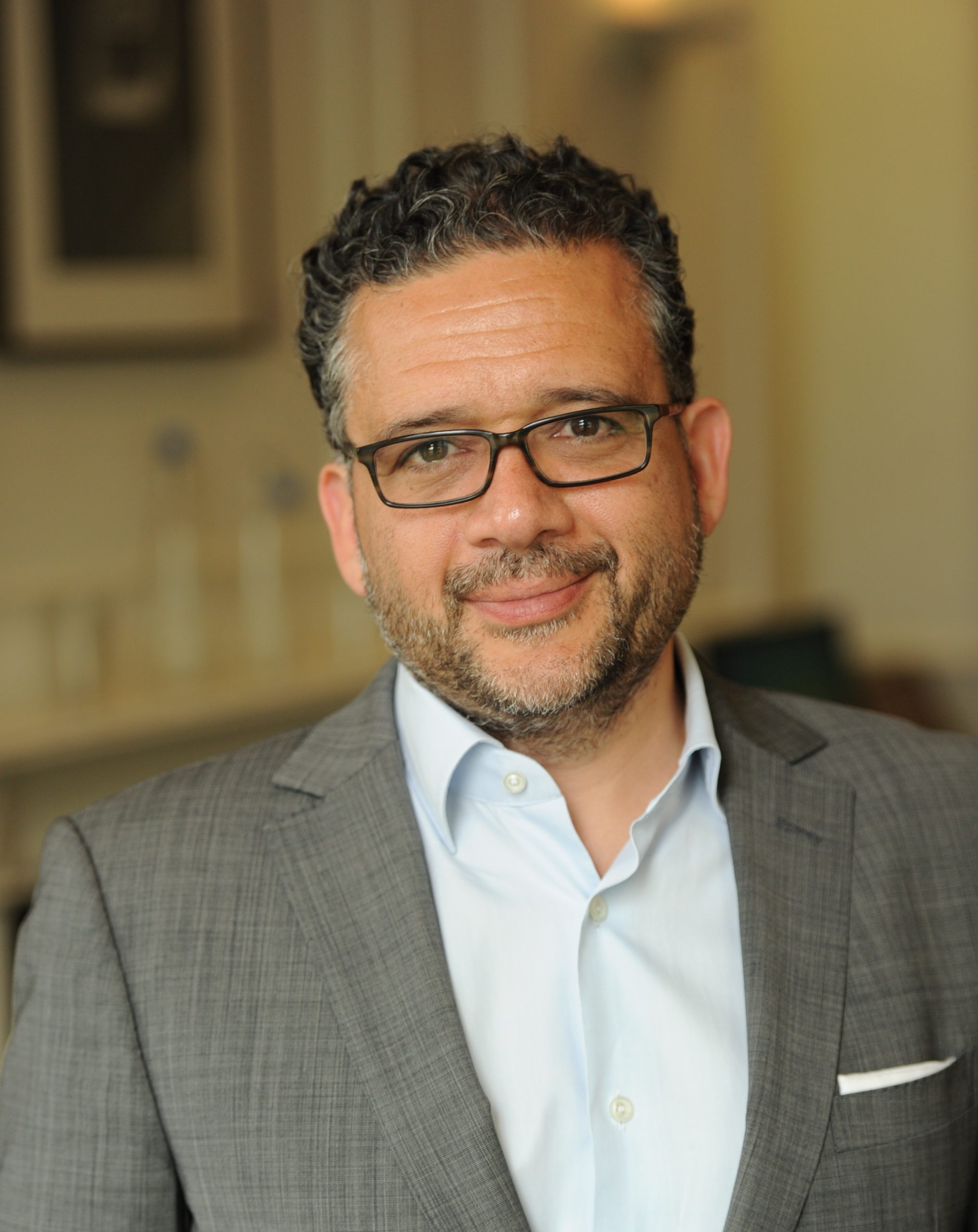Related Articles
Reassess, Reconfigure and Reallocate to Win in the New Normal
Top takeaways from Michael Jacobides’ session at the 2020 National Management Conference.
1. Crisis have historically driven lasting change
“This is a time that will leave a significant marker in history’ said Michael at the opening of his session. ‘When we look back at past crisis, we see how they have shaped a new normal. Just as the Black Death shifted power towards scarce labour sources, and the SARS outbreak changed attitudes towards online consumption, COVID-19 is likely to have a similar impact on the global economy.”
What is significant is that these changes aren’t temporary but rather fundamental, structural changes to how we operate. “We need to distinguish lasting trends from temporary blips” concluded Michael.
2. Three steps to gain advantage in a crisis
We can see from past economic shocks that some companies are better able to take advantage of the turbulence. For Michael, this is because they do three things well; reassessing their growth opportunities, reconfiguring their business to realise them, and reallocating capital more effectively.
In many ways, it is about breaking old habits and forming new ones based on the reality you are operating in. This is where the COVID disruption can be used to an organisation’s advantage.
“New habits take an average of 66 days to form’ said Michael. ‘And that’s interesting because we see that we’ve had more than enough time in this crisis for new habits and behaviours to change permanently. It’s up to us to distinguish lasting trends from temporary blips.”
3. Reassessing growth opportunities
Breaking old habits is difficult for an individual, and even more difficult for entire organisations. Inertia is a powerful force, pushing back on innovation and instead encouraging us to use old solutions for new problems. So, how can leaders break this cycle?
They can use the granular data available to use today to evaluate the long-term viability of sectors and potential trends. Similarly, you can look at other countries who are ahead in terms of dealing with the pandemic, and what is changing there. You can also learn from other companies doing well, their innovations, and even investments in the private equity sector.
At an individual level, Michael advises leaders to map out the ripple effects of changes under way and applying them to your sector. “More to the point’ said Michael ‘you have to adjust to customer needs!”
4. Reconfiguring your business

“Once you’ve finished this reassessment, and have the sense of what the demand is, what is the next step?’ said Michael. ‘Well, you now need to reconfigure your business to take advantage of these new opportunities.”
There are three critical pillars in which to reconfigure an organisation for the new economy, beginning with digital technologies. As Satya Nadella, Microsoft CEO, put it in June ‘We’ve seen two years’ worth of digital transformation in two months’ and Michael believes this increased digitisation of an organisation’s value add will continue in earnest.
Next, leaders and organisations will need to redefine who they are, and can, partner with and the ecosystems they create and operate in. In essence, can organisations partner with others to create an ecosystem where one adds value to the other, helping them all capture the market.
Finally, organisation’s will need to refocus their customer targets and which niches in the marketplace they want to operate in. This focus on specialist niches, combined that it is part of an overall ecosystem, backed up by digital technologies, is where future competitive advantage lies.
“You can either build an ecosystem or participate in one” concluded Michael.
5. Reallocating Capital more Effectively
“We are pretty lousy as organisations, when left to ourselves, in allocating capital’ said Michael. ‘We tend to allocate capital equally across divisions but, when we see studies in firms where they have been bolder in their capital distribution, tend to be much better at delivering long-term growth and profit.”
Another common behaviour in organisations during a crisis is focusing on cutting costs, not on growth. Studies that have looked at the implications in doing so saw that the companies that did not reduce their R&D investments or their investment in stakeholders had much higher return on assets, and those that reduced neither of the two did significantly better than their competitors.
“Unfortunately, recent surveys have told us that only 38% of companies plan to target new growth drivers, and just 21% are investing in new business models’ said Michael. ‘What does that tell us? For me, it does not bode well for the future. Instead, we need to beginning assessing new and existing opportunities through their future potential, current viability and the cashflow consumption vs profit potential they bring.”
6. What leaders can do next
Michael had a number of suggestions for leaders, particularly in incumbent organisations, can do to begin adjusting to the new normal.
“What would be some of my top takeaways?’ said Michael. ‘Firstly, you need to begin reallocating capital ruthlessly, you need to rethink how you can leverage your assets and revisit your distribution channels. You must reposition to address emerging customer needs, redesign your business model and evaluate how to monetize it and reenergise your organisation by opening it up to external ecosystems.”
When the world changes structurally like it is in 2020, organisations and their leaders must be prepared to change their structures accordingly.
For more IMI Corporate Member Insights, go here.





